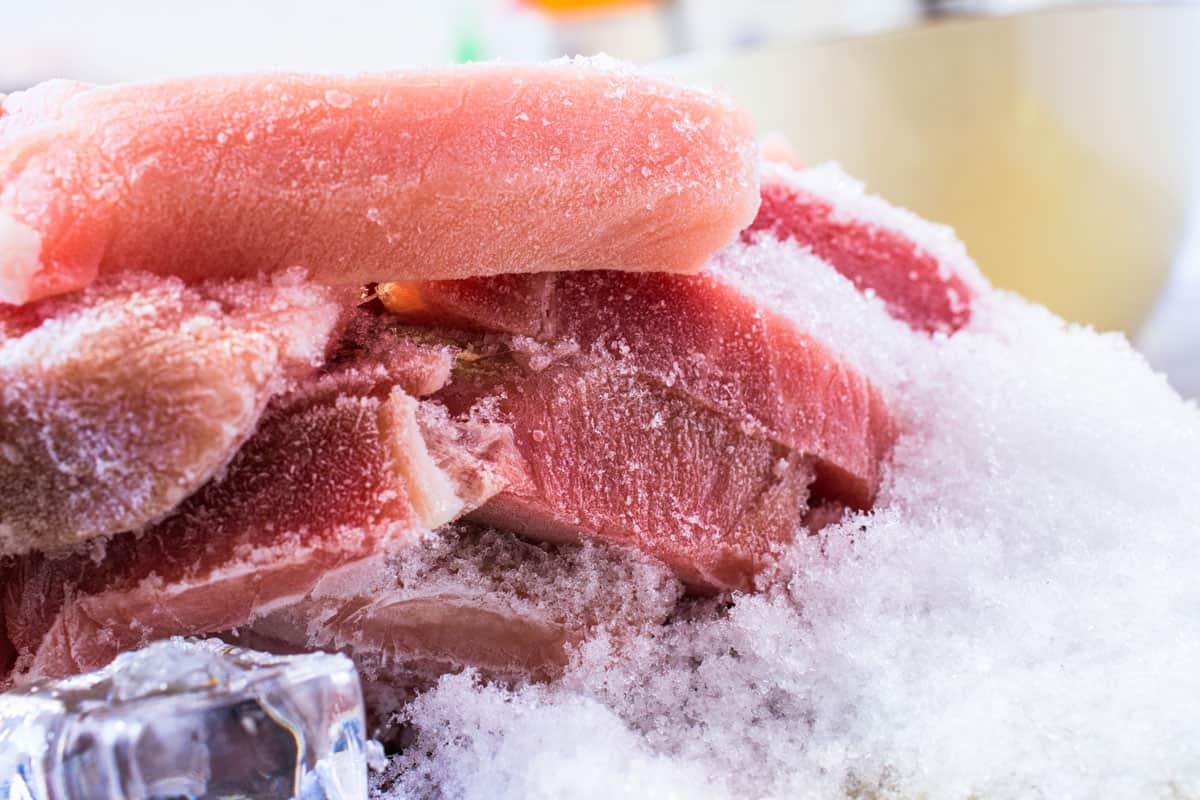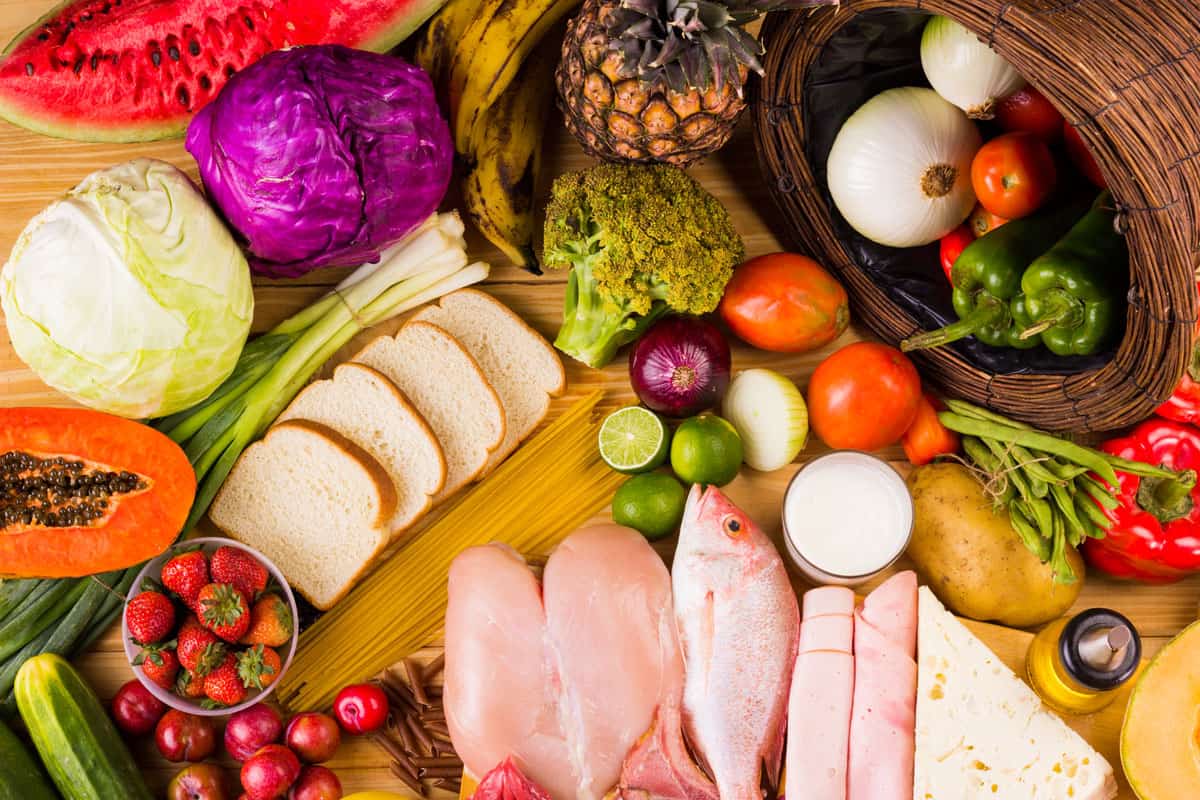Flash freezing is a process that rapidly freezes food at extremely low temperatures, typically around -40°F.
The goal of flash freezing is to preserve the quality, nutritional value, and taste of food by slowing down the growth of bacteria and enzymes that can cause spoilage.
This method of preservation is particularly useful for fruits, vegetables, meats, and seafood, as it allows them to be stored for longer periods of time without losing their freshness.
Additionally, flash freezing makes it easy to portion and meal prep food, as it allows the consumer to take out only what they need at a time, without having to thaw the entire package.
Flash freezing has become a popular method of preservation among food industry professionals as it offers many benefits for both consumers and producers.
Pros of flash freezing
Maintains quality & nutritional value
NOTE: WE MAY GET A COMMISSION IF YOU DECIDE TO MAKE A PURCHASE THROUGH THESE LINKS. THERE'S ADDITIONAL NO COST TO YOU. CHECK THE BOTTOM OF THE PAGE FOR MORE INFORMATION.

Flash freezing preserves the freshness and nutritional content of food by slowing down the growth of bacteria and enzymes that can cause spoilage.
This means that fruits, vegetables, meats, and seafood that have been flash frozen will retain their taste, texture, and nutritional value for much longer than if they had been stored in a traditional manner.
Increases shelf life
Flash freezing allows for food to be stored for longer periods of time without losing its freshness. This is particularly useful for perishable items such as fruits, vegetables, and seafood, as it allows them to be enjoyed out of season.
Allows for easy portion control & meal prepping

Flash freezing allows for consumers to take out only what they need at a time, without having to thaw the entire package. This makes meal prepping and portion control much easier and convenient for busy individuals.
Cost-effective in long run
Flash freezing can be an expensive process, but it can be cost-effective in the long run as it reduces the amount of food waste, by allowing food to be stored for longer periods of time without losing its freshness. This can also save money by not having to purchase food as frequently.
Easy transportation & storage

Flash freezing allows for food to be transported and stored in smaller spaces, as it reduces the bulk of the food and makes it more compact.
This can be beneficial for grocery stores, restaurants, and food service companies, as it allows them to have more inventory on hand without taking up too much space.
Cons of flash freezing
Expensive
Flash freezing can be an expensive process as it requires specialized equipment.
Can affect the texture and taste

Depending on the food item, flash freezing can alter the texture and taste of some foods, making them less appealing.
Specialized Equipment required
Specialized equipment is needed for flash freezing, which can be costly to purchase or rent.
Not suitable for all types of food

Some foods may not be suitable for flash freezing, as they may lose their quality during the freezing process.
Energy-intensive

Flash freezing requires a significant amount of energy to operate, which can be costly and have an impact on the environment.
In conclusion
Flash freezing is a popular method of preservation that has many benefits for both consumers and food industry professionals. It helps to maintain the quality, nutritional value, and taste of food by slowing down the growth of bacteria and enzymes that can cause spoilage. Flash freezing also increases the shelf life of food and allows for easy portion control and meal prepping.
However, it's important to note that flash freezing can be expensive and requires specialized equipment. It may also alter the texture and taste of some foods, and not be suitable for all types of food. Additionally, flash freezing is energy-intensive process which may have an impact on the environment.
Overall, flash freezing can be a great option for those looking to extend the shelf life of perishable food items and make meal prepping easier. It's worth considering the pros and cons and determining if it's the right preservation method for you.




